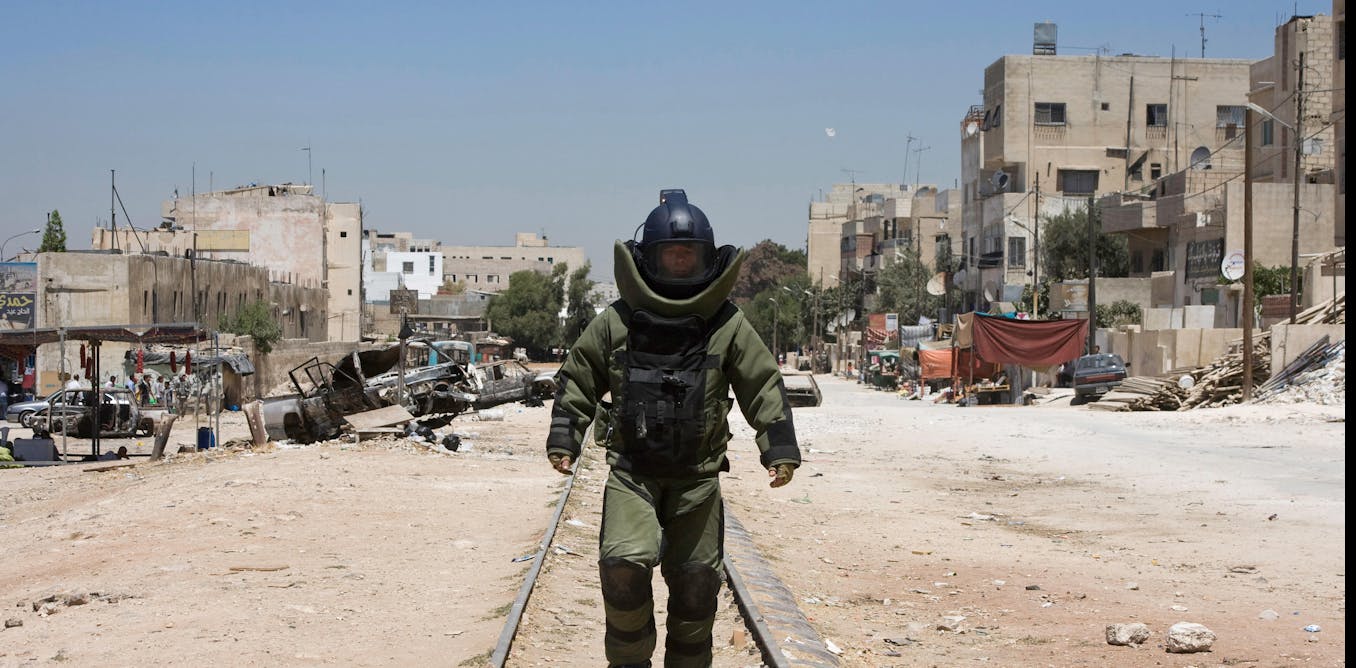New findings from the ODYSSEY trial verify superiority of dolutegravir-based Artwork in youthful little ones
1 min read
WHO welcomes new findings introduced right now at Worldwide Pediatric HIV Workshop on the superiority of dolutegravir (DTG)-dependent regimens in young youngsters.
Youngsters dwelling with HIV go on to be still left at the rear of by the worldwide AIDS reaction. In 2020, only 54% of the 1.7 million small children dwelling with HIV gained antiretroviral remedy as opposed to 74% among the grownups residing with HIV. Amongst the emphasis nations around the world, only 40% of little ones living with HIV (or 74% of children acquiring antiretroviral remedy) achieved viral suppression in 2020.
The ODYSSEY demo, a multi-country randomised trial sponsored by Penta, has earlier demonstrated top-quality procedure efficacy for DTG furthermore two nucleoside analogues compared to standard-of-care (SOC) in 707 kids ≥14kg (median age 12 a long time) commencing initially- or next-line Artwork. An extra cohort of 85 kids <14kg, enrolled from Uganda, Zimbabwe and South Africa, completed 96 weeks follow-up on 28 June 2021.
Among these children, 
with median age of 1.4 years, an estimated 28% had treatment failure by 
96 weeks in the DTG arm vs 48% in the SOC arm. DTG-based ART was 
superior to SOC (predominantly protease inhibitor-based
ART) in young children starting first or second-line therapy, judged on
treatment failure by 96 weeks. The treatment benefit for DTG in the 
<14kg cohort was consistent with that observed in children enrolled 
 ≥14kg. There were no safety concerns on DTG. At
 96 weeks, 76% of children in the DTG arm had VL<50copies/mL compared
 with 50% in SOC corresponding proportions with VL<400copies/mL were
 91% vs. 71%.
WHO has recommended DTG-based HIV treatment for all infants and children since 2018 (1) and provided dosing recommendations for infants and children over four weeks of age and more than 3kg in July 2020 (2). Upcoming WHO 2021 consolidated guidelines
on HIV (3) and the newly released policy brief on transitioning to the 2021 optimal formulary for antiretroviral drugs for children (4) provide further guidance on how to transition DTG-containing regimens as well as how to best dose it when treatment
for tuberculosis is required.
Two generic formulations of DTG 10 mg dispersible tablets have been approved by the United States Federal Drug Administration (US FDA). This approval was swiftly followed by the announcement on World AIDS Day of a ground-breaking agreement negotiated by Unitaid and the Clinton Health Access Initiative that reduces the cost of HIV treatment by 75% for children in low- and middle-income countries where the DTG 10 mg dispersible tablet will be available at a cost of $4.50 for a 90-count bottle.
These new findings from the ODYSSEY trial confirm that DTG-based regimens can significantly improve virological suppression in young children and country programmes are encouraged to plan a rapid introduction of DTG-containing HIV treatment as the preferred first-line regimen for all infants and children who are as young as four weeks of age and weighing more than 3kg.
“The strong collaboration between paediatric HIV research networks is one of the elements that makes Paediatric DTG a success story from which we can all learn,” said Dr Meg Doherty, Director the WHO Global HIV, Hepatitis and STI Programmes. “These new findings from the ODYSSEY trial confirm once and for all the superiority of DTG-based regimens compared to existing regimens. We have a moral imperative to ensure that children are not denied this better regimen available in child-friendly formulations: country programmes have the tools to ensure sustained viral suppression for children.”
“We are delighted to share ODYSSEY trial results from clinical centres in Uganda, Zimbabwe and South Africa, demonstrating that dolutegravir is superior to other HIV treatment for infants and young children,” said Professor Diana Gibb
one of Odyssey’s principal investigators. “These results provide strong evidence for rapid global rollout of dolutegravir for children aged four weeks and above using new dispersible baby tablets.”
WHO and partners are committed to supporting national governments as they develop rapid transition plans to DTG-based treatments, change policies and guidelines, quantify their needs, budget for and procure the appropriate stocks of medicines, organize distribution, train health care workers and sensitize and engage affected communities to ensure demand, treatment literacy for caregivers and children and smooth uptake of these new formulations.
(1): WHO. Updated recommendations on first-line and second-line antiretroviral regimens and post-exposure prophylaxis and recommendations on early infant diagnosis of HIV Interim guidance.
1 December 2018
(2): WHO. Considerations for introducing new antiretroviral drug formulations for children. Po
licy brief. 1 July 2020
(3): WHO. Consolidated guidelines on HIV prevention, testing, treatment, and service delivery. 16 July 2021
(4): WHO. Transitioning to the 2021 optimal formulary for antiretroviral drugs for children: implementation considerations – 16 July 2021






